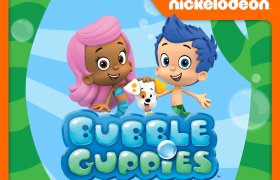Caring for A Child’s Skin Naturally
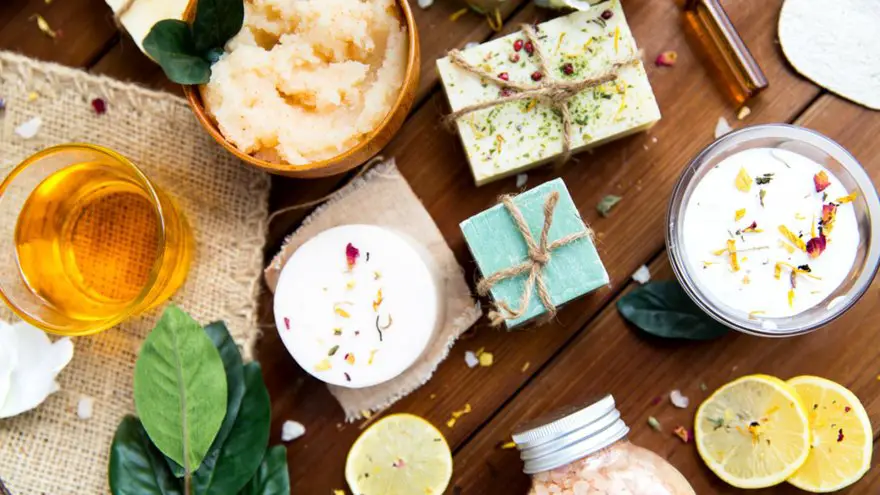
I can still remember the first time I stood in the aisle of the grocery store looking for something to treat my oldest son’s diaper rash. Standing there staring back at me were a seemingly endless variety of baby’s faces, cuddly animal pictures, and every soft pastel color of the baby-rainbow. What I don’t remember was exactly which product I grabbed off of the shelf that first time. My wife and I have gotten a lot more particular over the years however, and like many parents we’re also more informed about the potentially harmful effects in some of the products out there these days.
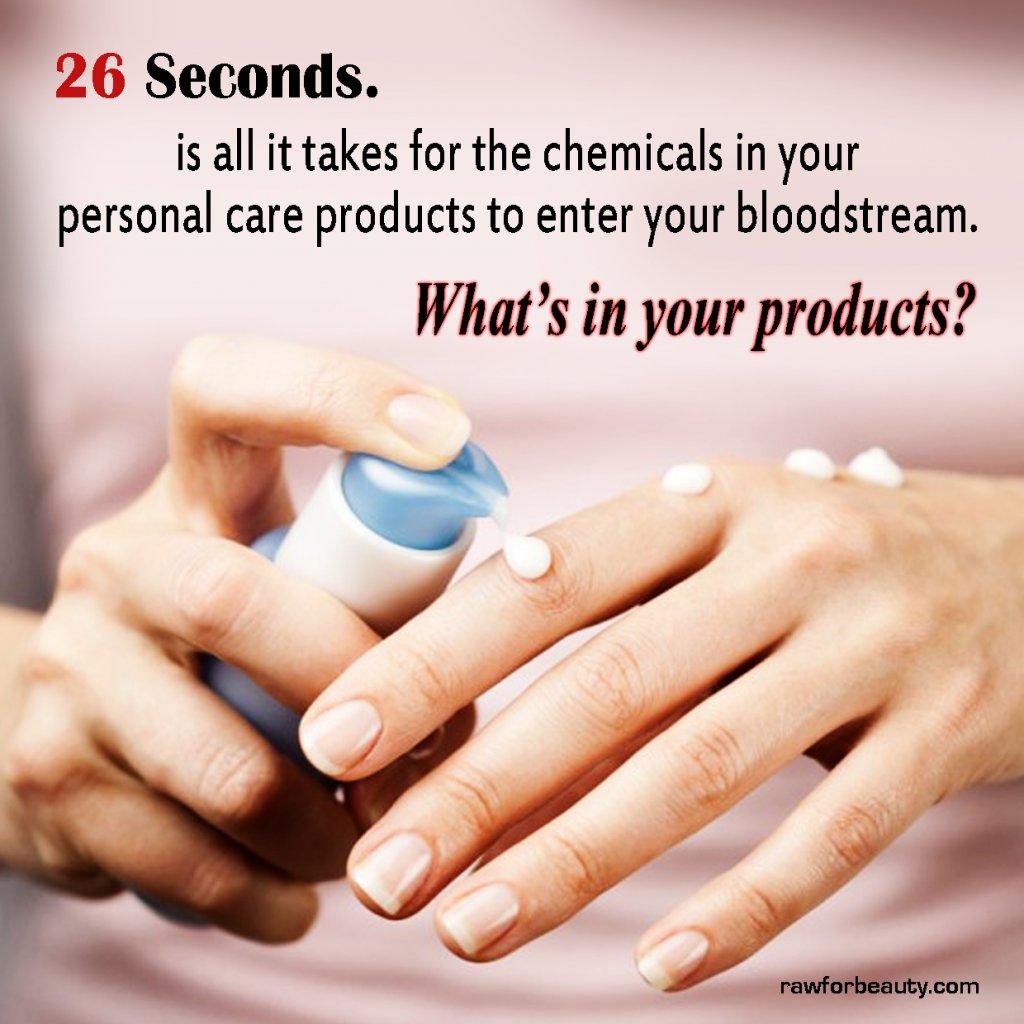
Countries around the world have prohibited the use of over 1,400 ingredients that are still permissible to use in the US. From fragrances that can effect asthma and breathing, to the embalming fluid formaldehyde, you would expect the ingredients of some child skin care products found today to be more common in an industrial cleaning solution.
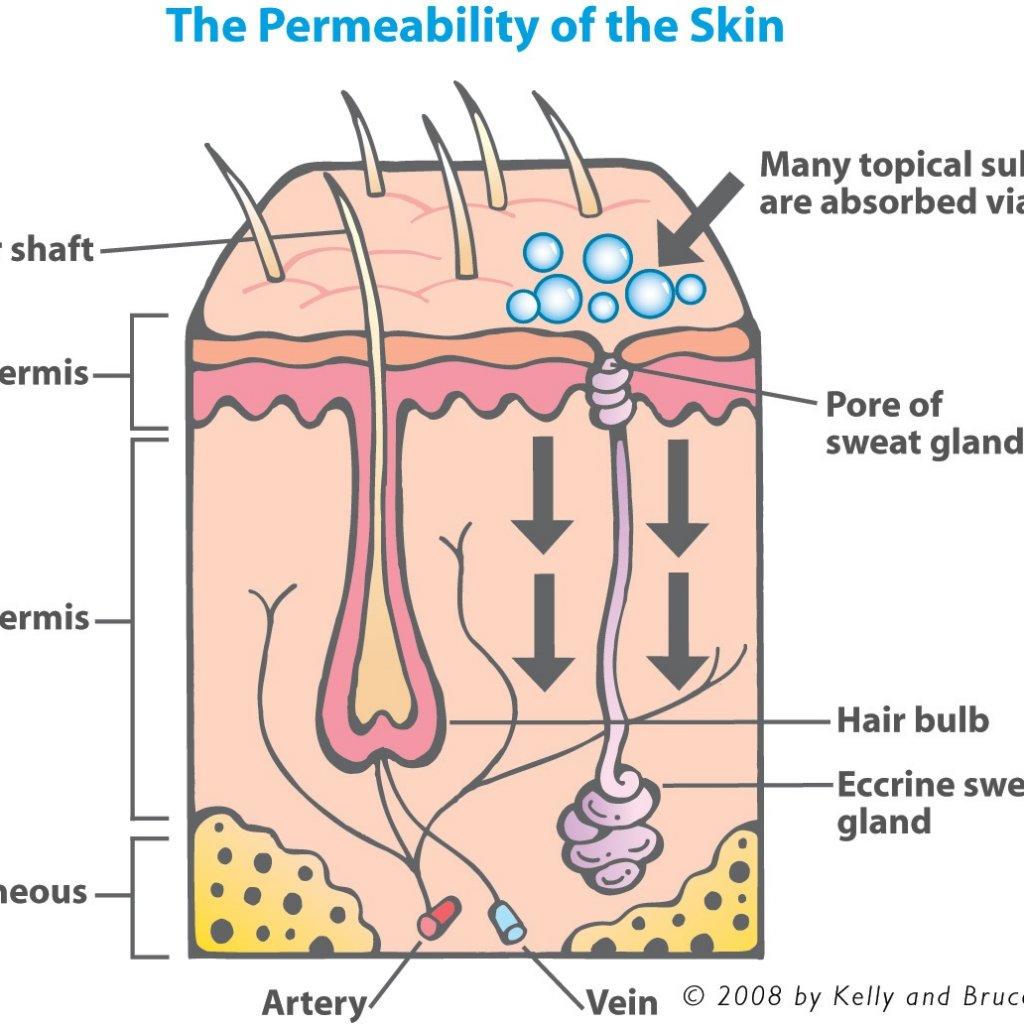
The reality is that prolonged use of many baby and children skin care products can have lasting negative effects long after the ailment has passed. The good news is that more and more, American parents are exploring alternative solutions to these potentially dangerous products and chances are great that you can care for your baby without putting them at unnecessary risk.
Bug Bite Relief
It’s almost axiomatic that the closer you get to the ground, the more bugs you are going to encounter. Whether the family pet brought in some fleas with them or your baby crawls over an angry ant, sooner or later you’re going to have to deal with an itchy red lump on your child. After first determining that the bite is not from a serious insect like a venomous spider, you can head for the kitchen where odds are that you probably have some things right in your home to provide relief. Ice is a great way to provide some quick soothing relief to most bug bites. The cold will constrict the blood vessels which in turn will lessen the spread of histamine, which is what causes the allergic reaction. Be sure to not apply ice directly to the skin for a prolonged period however. An ice pack or frozen bag of veggies for 10-15 minutes every couple of hours should do the trick.
To help shrink the bite and provide relief at the same time, keep some pre-steeped bags of green tea in the fridge. Simply apply them directly to the bite and the anti-inflammatory properties of the tea will speed up the healing time and the cool bag will relieve the itch at the same time. Another item that is likely in your fridge that can help is milk. The proteins that are in milk can lesson inflammation and help reduce the redness and swelling. Simply use a cotton ball or swap and dap the milk directly onto the bite.
For the more aggressive bug bites and stings such as red ants and bees which contain venom, head over to the pantry for some vinegar. The acidity in vinegar will help neutralize the venom and provide relief. Be sure to dilute either white or apple cider vinegar in equal parts water before using a cotton ball or swap and rubbing it directly onto the bite.
Diaper Rash Care
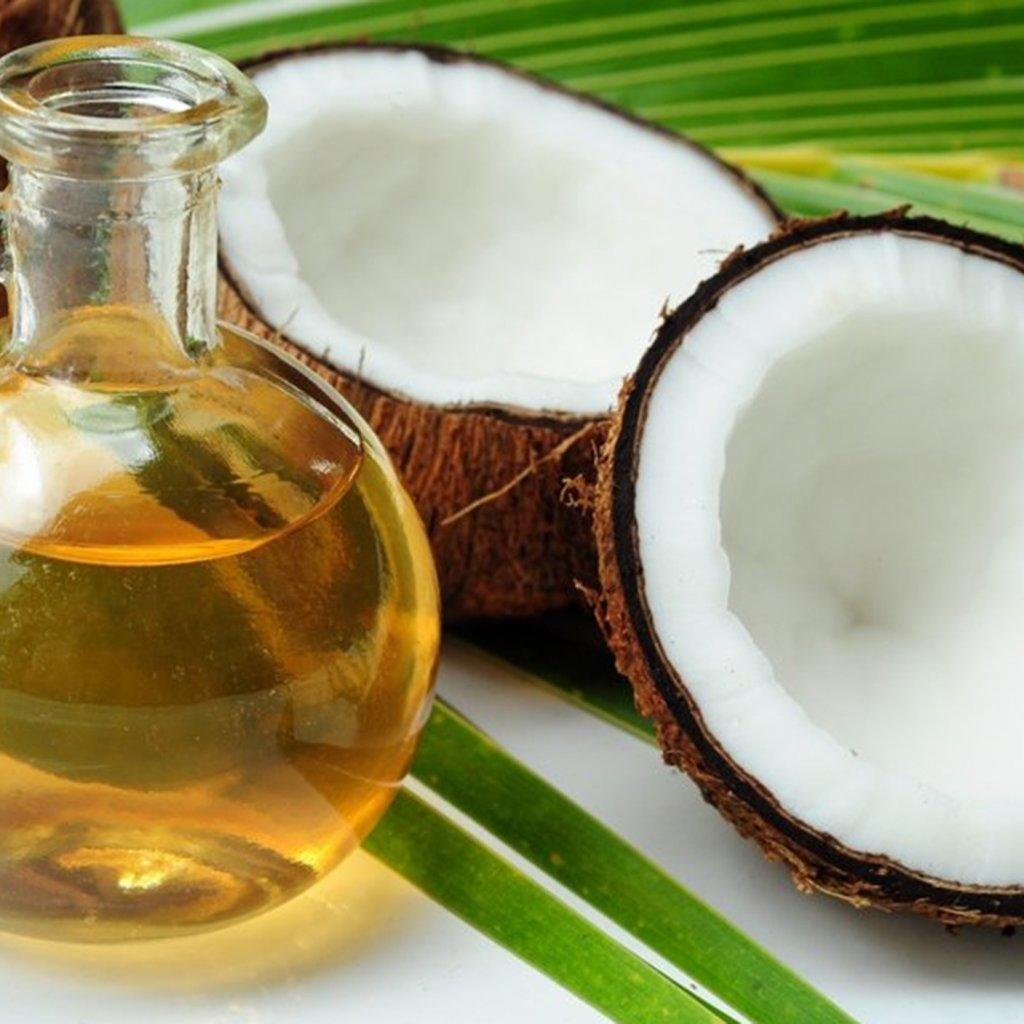
From time to time all babies are going to get some diaper rash. First make sure you’re doing preventive care correctly. If you use cloth diapers, be sure to wash them well and rinse a couple times in hot water and/or boil them for fifteen minutes. This will not only destroy any stubborn bacteria that could be lingering, but it will also get out any remaining soap residue which can irritate your baby’s bottom. Whichever diapers you use, be sure to change them frequently as not only being soiled but also moisture build up from sitting can cause the skin to become red and irritated.
When your baby has diaper rash, one of the easiest ways to help treat it is to add some apple cider vinegar to their bath water. Just add a cup’s worth to their warm water and the acidic properties will kill of the rash-causing yeast. Frequent baths will ensure that your baby’s bottom remains clean and help speed up the recovery time, just ensure to thoroughly dry them after each bath.
You may have heard the claims linking traditional talc baby powders to certain cancers, and while the jury may still be out (aside from the one that awarded one California woman $70 million from Johnson & Johnson), rest assured that there are plenty of perfectly safe methods to dry up diaper rash. Arrowroot powder (also called arrowroot starch or flour), comes from the aptly named arrowroot plant. Its absorption properties and consistency is very similar to corn starch, another common DIY baby powder. Unlike cornstarch however, GMOs are never used in the growing and production of arrowroot.
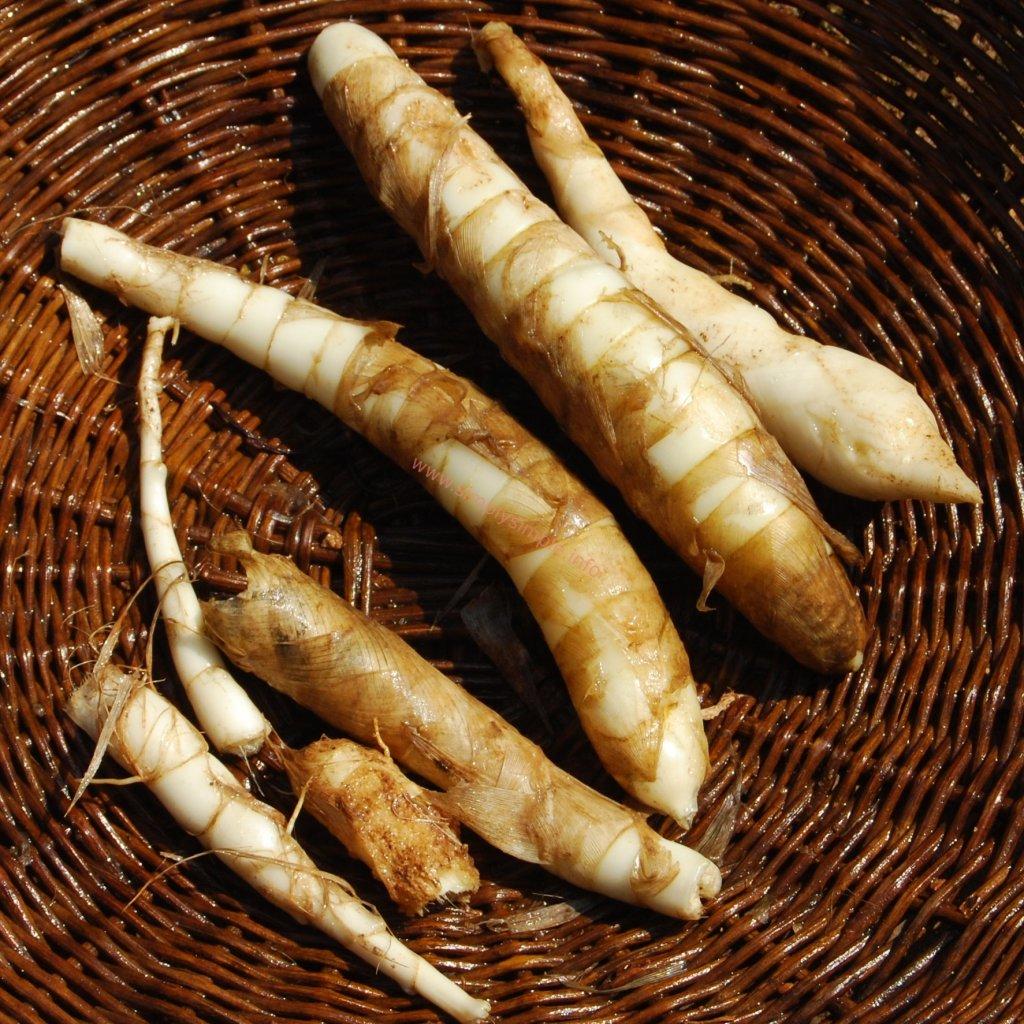
To relieve the pain and discomfort associated with diaper rash, you can try mixing 2 cups of chamomile tea with 1 teaspoon of honey into a spray bottle. Simply spray the affected area throughout the day. If you’d rather purchase something that is safe and effective, aloevera gel applied directly to the area will also calm the irritation. Just be sure to use pure aloe and not one with any fragrances or added ingredients.
Sunscreens and Sunblock’s
Sunscreen and sunblock is a concern that is growing more and more in America. Record levels of melanoma and other chronic skin conditions have people approaching their time in the sun with increasing caution. Getting your baby out in the fresh air is important, as vitamin D is an essential health and development vitamin. The first thing to consider, as with most things, is prevention. Keeping your baby in the shade, wearing hats, sunblock shirts, and limiting exposure are all essentials. Sooner or later though, applying sunblock is going to be a must. Many sunscreens and sunblock’s however contain controversial ingredients that many parents are hesitant about. My oldest son breaks out into hives if he uses any sunblock other than types intended for babies. A final word of caution before looking at some organic sunscreens is that if you decide to make your own, understand that there is virtually zero way to predict the SBF rating, and so limiting sun exposure is always wise.
Badger Babies Natural Organic Sunscreen is a great start when looking for safe sunscreens for your baby.

Certified all-natural, this sunscreen contains a base of organic sunflower oil and bees wax. With no chemicals at all added, the one downside is that it can be a little greasier than its more conventional counterparts. Still, providing protection of 30 SPF, it’s worth looking into. Another good organic sunscreen that’s rated 30 SPF is Bobo Botanicals. Like the Badger’s and most any organic sunscreen, this one is also going to take a little more effort to rub in completely. Thinkbaby is an SPF 50 sunscreen that while it does have a very slight fragrance, will provide excellent protection from the sun and stay on nicely in the water.
Whichever route you go, educating yourself on the ingredients of whichever sunscreen or sunblock you use is important. For very young babies, think 6 months and younger, its best to avoid the direct sun altogether. If you must have them in the sun, do so for short periods of time and always try to keep their skin from direct exposure with things like wide brimmed hats and umbrellas. Also understand the difference in terms; sunscreen uses chemicals to absorb the suns UV rays and sunblock uses minerals to physically block the UV rays.
Soaps and Shampoos
Some could argue that babies don’t really need soaps and shampoos. Their little bodies create naturally protective oils that you don’t really want to wash off regularly. Sometimes though, babies get pretty dirty and the only appropriate thing to do is give them a good washing. While there’s no shortage of recipes for creating your own natural and organic soaps and washes at home, many parents are relieved to learn that there are lots of companies out there making some very good and completely safe baby washing products.
When it comes to bath time, the last thing parents want to do is put their baby at risk. Ingredients like Sodium Lauryl Sulfate and parabens have been linked to certain cancers. More and more parents are turning to organic and natural soaps and shampoos for bath time.
Babo Botanicals Moisturizing Baby Shampoo & Wash is vegan and also completely chemical free. Manufactured from an organic farm in upstate New York, this soap won’t irritate your baby’s eyes. Rather than harsh sulfates, Babo uses naturally occurring sulfonates in their soap.
Dr. Bronner’s is another well respected name in the organic soap line. While they do offer some gentle scented washes, for your baby I would stick with the unscented one. As a word of caution, it can irritate your baby’s eyes, so be sure to use caution when washing around the face. For a more conventional but still safe shampoo and body wash combo, Aveeno Babywash and Shampoo is a brand I have trusted for years. The key ingredient is natural oat extract and it is also paraben free. As it is completely soap free, it also won’t irritate your baby’s eyes.
Dry Skin
Whether you live in a dry climate or your baby just gets dry skin in the winter time, any parent can tell you that it’s no small matter when their baby has dry or irritated skin. Like many home remedies, while there are a lot options out there, some may work better on your child’s skin than others. Always be sure to test any treatment on a small area first just in case there are any unknown allergies or reactions.
If you breastfeed, as unorthodox as it may sound, you can try rubbing a small amount of breast milk on the affected area. The rich proteins in the breast milk can moisturize and protect the skin, keeping in moisture and causing relief.
Another easy-to-come-by remedy is coconut oil. Simply rub a thin layer of the oil onto the skin after bath time. The oil will continue to moisturize the skin and is resistant to rubbing off, giving a lasting relief. If you feel that the skin is too oily, feel free to wait a couple of hours before bath time and massage it in. Then it can work for a couple of hours before you wash it off. Coconut oil also offers protection from microbes, which irritated skin can be susceptible to. Another helpful oil is almond oil. Apply it in the same fashion as the coconut oil; just be sure to only use pure almond oil and not one of the fragrant ones as they can contain added ingredients.
There seems to be no limit to the versatility of the avocado. Aside from being a nutritional superfood, they can also be used to alleviate dry skin. Simply mash the avocado into a paste and apply it to the skin. After 10 minutes or so, just wash it off. If the price of avocados has you scared, rest assured you can also use avocado oil. Apply it in the same fashion as the coconut or almond oil.
No skin care discussion would be complete without mentioning the ubiquitous aloevera plant.
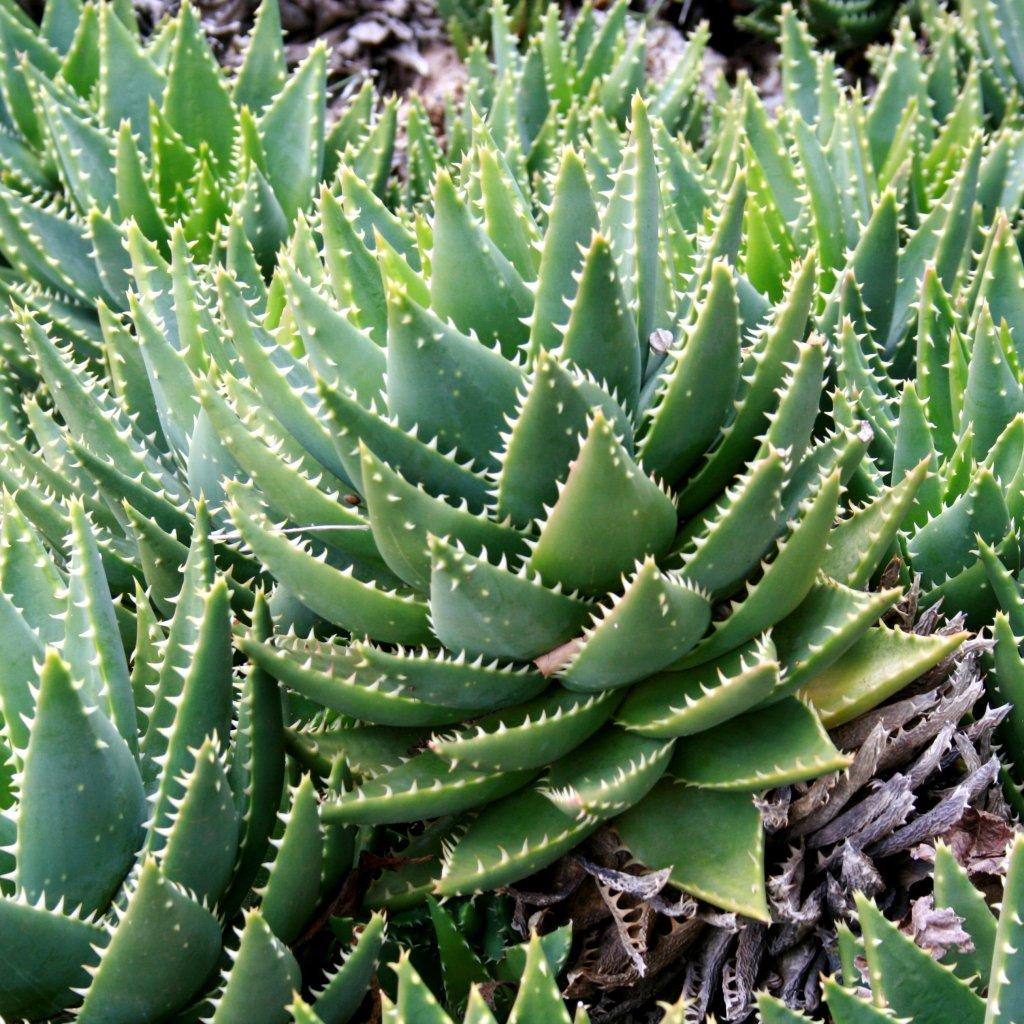
My own grandmother kept an aloe plant growing just to use for home remedies such as burns and dry skin. All that’s needed is to cut a section of the aloe plant and squeeze the oil onto your hand. Then use your finger to massage the aloe in the affected area until it’s completely absorbed into the skin. If you decide to go with an actual aloe plant over a tube of the store bought gel, be sure to keep it out of reach of your baby as the points can be dangerous!
For bath time, you can use oats to treat dry skin and even diaper rash. Use only pure oats and not any that have added sugars or fruits in them and grind into a fine powder. Add a couple teaspoons of the oat powder into the warm bath water and allow it to soak for 10-15 minutes then bath your child in it. Like soap, the oats can make the tub pretty slippery, so be sure to use caution when the baby is in.





